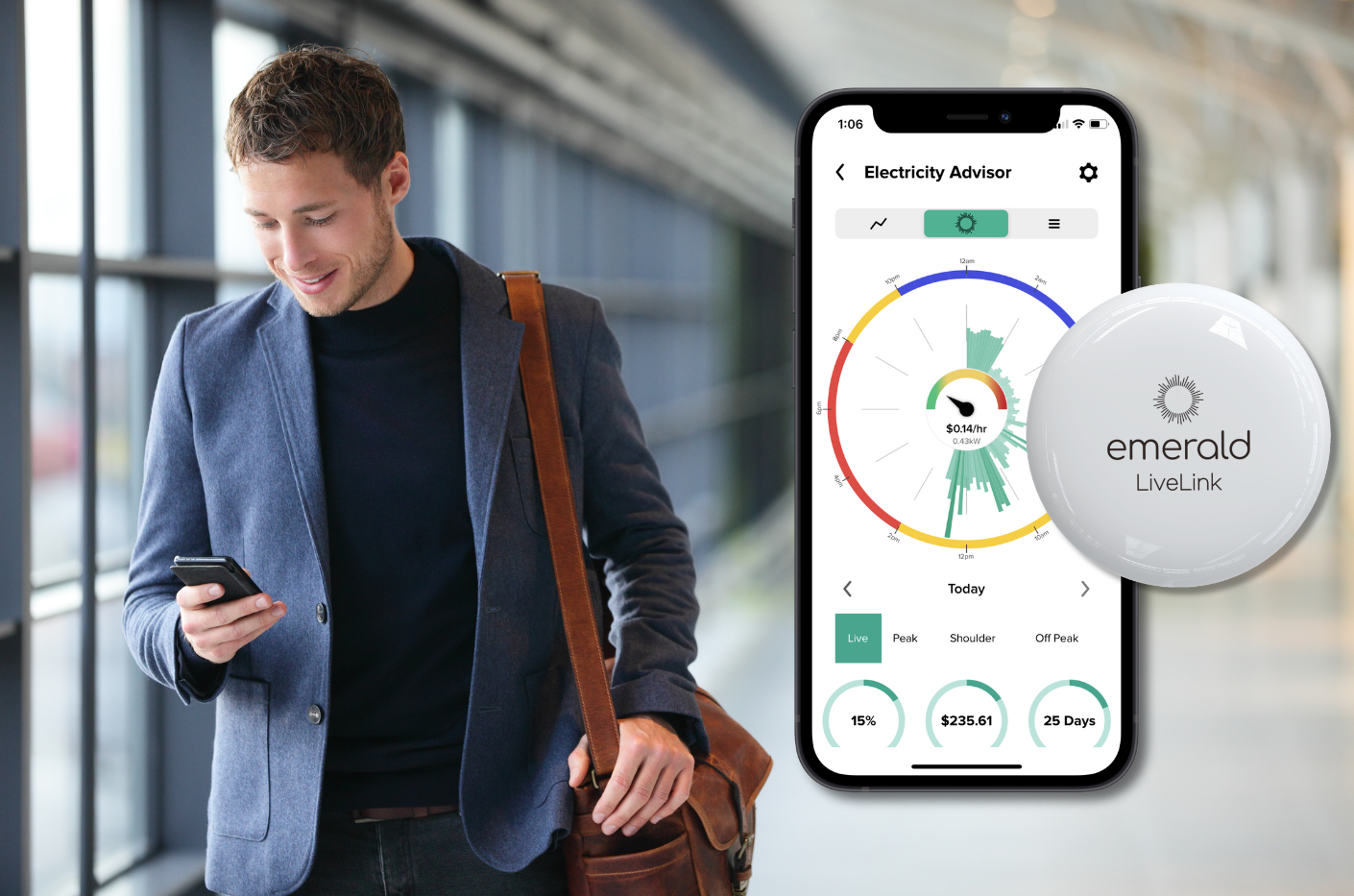
5 Tips on Teaching your Kids to Save Electricity
The modern environment our children are growing up in looks very different from our childhood with the surge of smart home appliances and electronic devices. Our increasing reliance on technology means our kids are more connected; however, their technology-rich environment uses more power than ever. While teaching your kids to save energy helps you save money, it is also an essential life lesson, helping them form sustainable habits for their future. But how do we do it without them staring blankly into space and tuning out? Read on for some tips to help you get started.
1) Tackle the “Whys” before they ask.
- Be prepared for the “Whys” and “What’s in it for them”. Focus on why saving energy is important and how it benefits your child. See their eyes light up when they connect the dots – the more money you save, the more toys they could get.
- Empower kids to be part of the solution. Explain how their behaviours affect the family’s household budget and give older kids the tools to self-regulate. If your kids have a mobile phone, download the Emerald EMS app and set them up as Property Members.
2) Little actions add up
Behavioural changes can collectively add up to significant impacts. The key is consistency and participation from the whole family. Help your kids form energy-saving habits and explain how their role is important in the overall energy-saving goals of the family.
- Create habits around energy-saving behaviours like turning off the electric blankets and lights before they go to bed. Routines work on children and can decrease the tension associated with mundane day-to-day decisions.
- Show your kids how much electricity each appliance use. Turn off all non-essential appliances in the house, then open your Emerald EMS app. Start turning on one appliance at a time and see the dial move, identifying how much electricity each appliance use.
- If you are on a time-of-use tariff, show your kids how much different appliances cost to run at different times. If you have solar panels, teach your kids to run power-intensive appliances during daylight hours when they are most likely to be powered by electricity generated by your solar power system.
3) Numbers matter
Foster the love of numbers by teaching your kids to look at numbers, compare one with another and monitor numbers around the house.
- Number treasure hunts can be a fun activity for younger kids. The optimal temperature to set an air-conditioner for heating should range between 18 to 20 degrees and around 25 to 27 degrees for cooling. Get your kids to monitor these numbers and ensure they are in the correct range.
- Give older kids a budgeting lesson by showing how much the family pays for electricity and set the budget so they can see how the family is tracking. You can give your kids math lessons on division by dividing the amount left in your budget by how many days are left in the month. Compare this by multiplying your average daily spend with the number of days left in the month to confirm how the family is tracking.
4) Modelling good behaviours and habits
A New Zealand study investigating how nine and ten year olds learn and consume electricity at home found that parents play a major role in helping children form electricity-saving behaviours and habits. Children who showed energy-saving behaviours were modelling their parents’ behaviours in addition to receiving specific instructions or explanations. Show by example through practising energy-saving habits and behaviours.
- Turn off lights and devices when you are not in the room.
- Reduce standby power by turning off electronic devices by the plug-on when not in use.
- Dry clothes in the sun rather than using the dryer.
- Schedule energy-intensive appliances to run at off-peak times.
5) Empowering children
Children are more likely to engage in electricity-saving behaviours when given the freedom to consume and control appliances. This is consistent with the social cognitive theory that perceived control influences behaviour.
- For younger kids, give age-appropriate freedom to use appliances accompanied by explanations and rules.
- Rewarding energy-saving actions rather than punishment can make energy-saving lessons fun and not seen as a chore. Reward charts or agreed rewards for achieving milestones can be effective motivators preventing children from forming a negative attitude toward saving energy and putting more emphasis on strategies based on reasoning.


